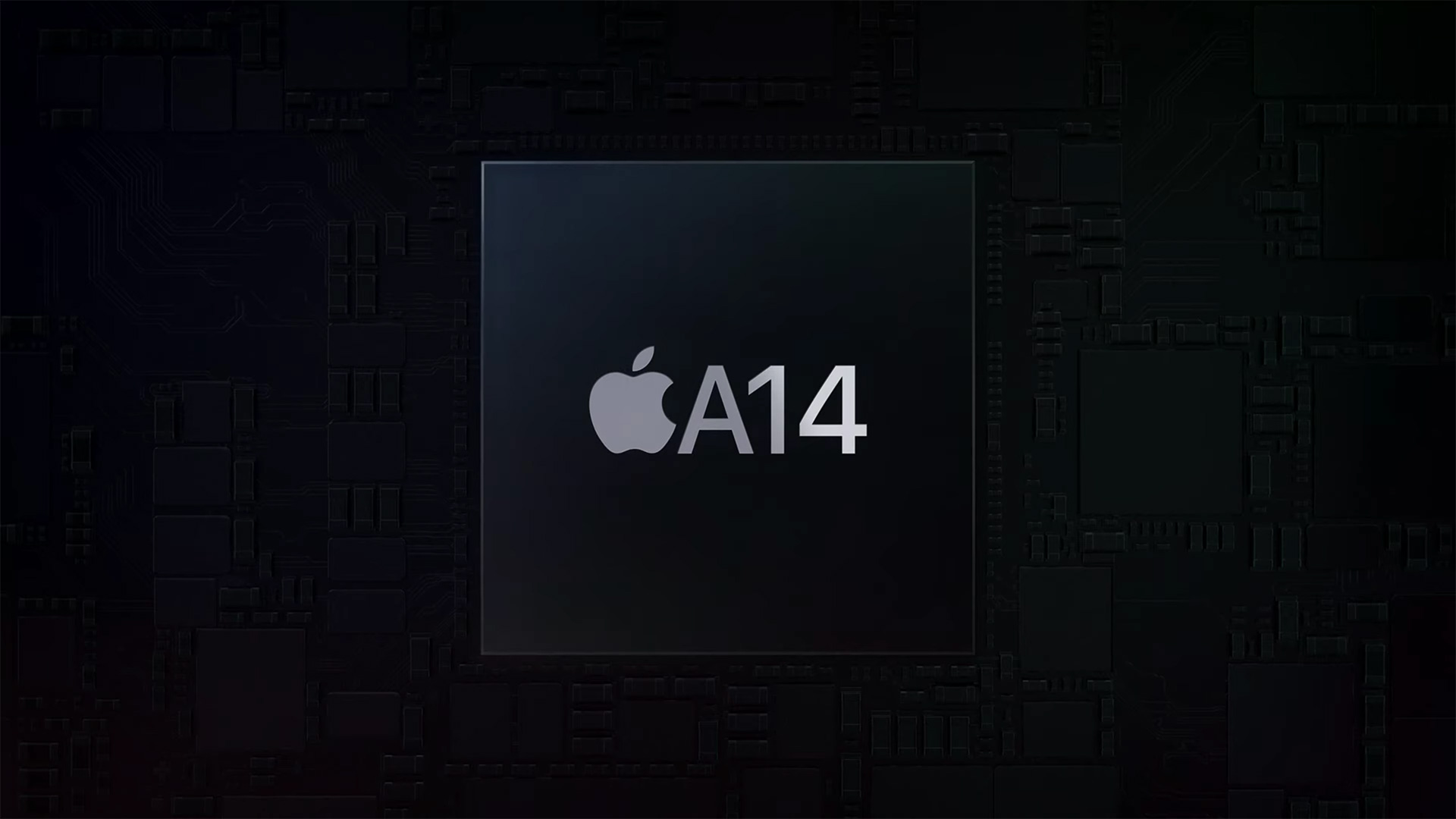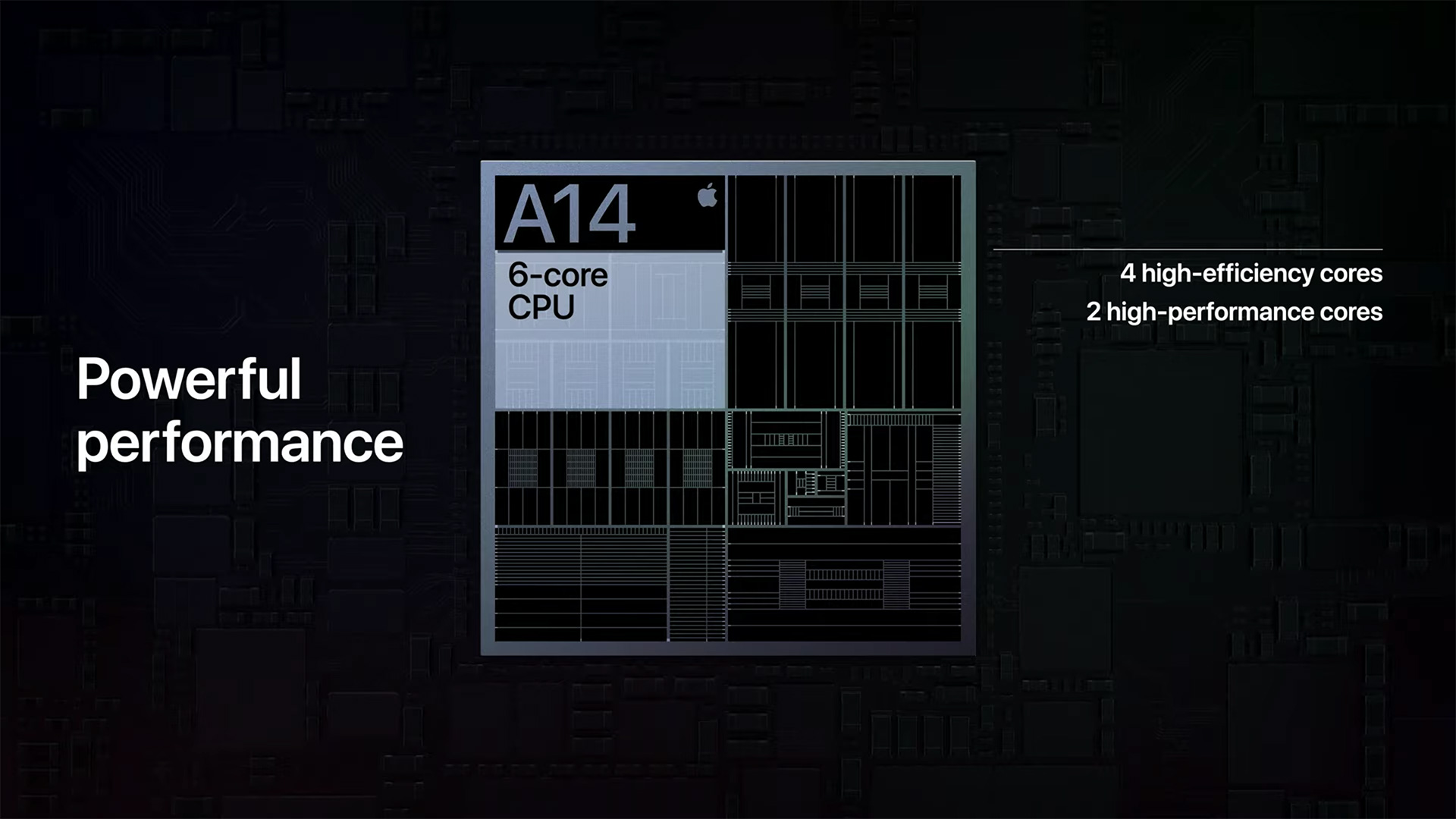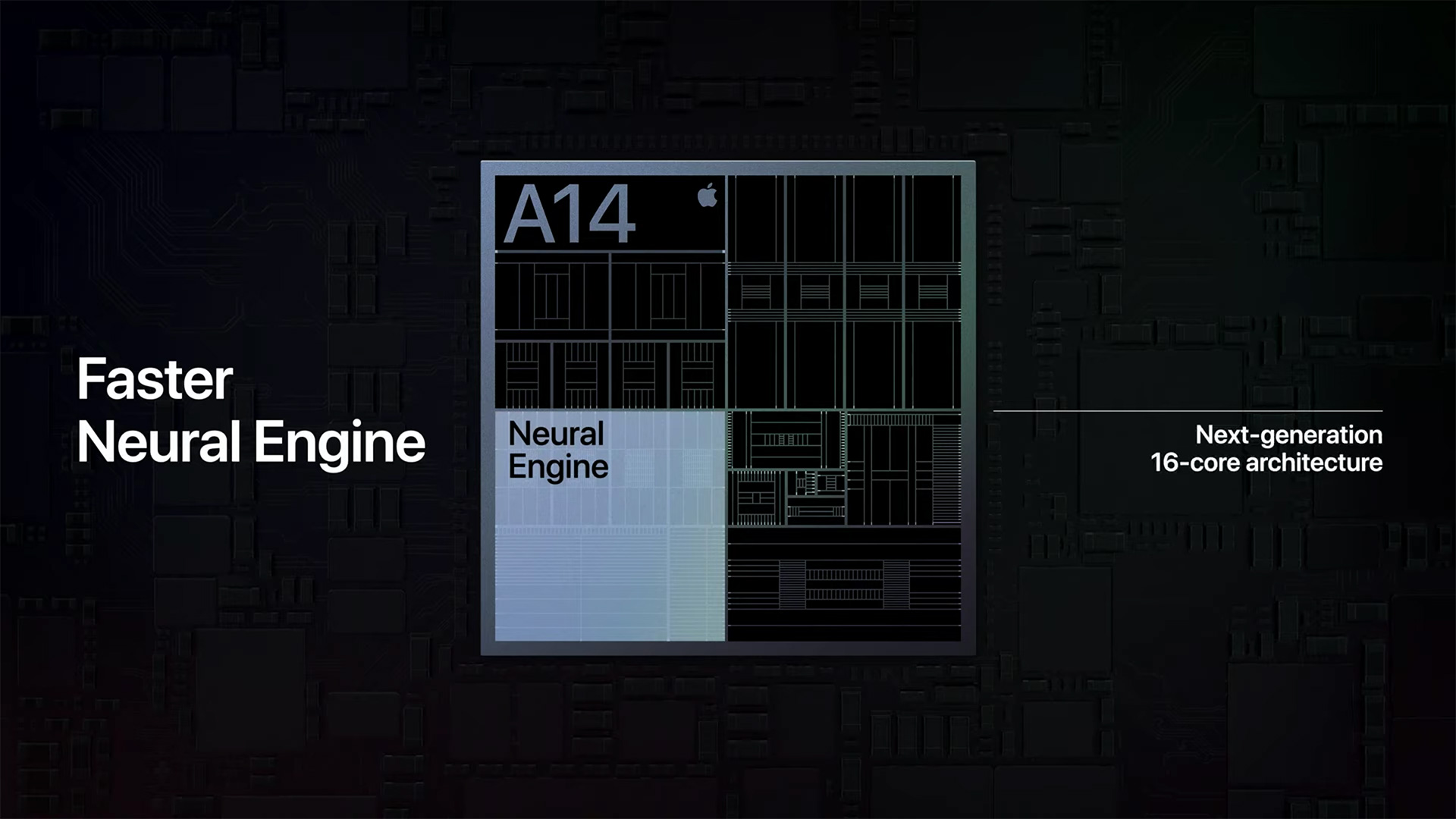Affiliate links on Android Authority may earn us a commission. Learn more.
What is the Apple A14 Bionic chip that will power the iPhone 12?
Published onSeptember 16, 2020
- Apple introduced the A14 Bionic as the chip powering the iPad Air.
- It’s the first 5-nanometer silicon in the industry, and promises meaningful gains.
- It should also be key to the iPhone 12, and may power the first ARM Macs.
When Apple introduced the new iPad Air, it also introduced the A14 Bionic chip that powers the tablet — and, most likely, will sit at the heart of the iPhone 12. But what is it? And what does it mean for the competition? From all indications, it’s a significant improvement over earlier Apple processing power, and may well be key to driving the first generation of Macs with in-house silicon.
Apple’s A14 Bionic chip, like its A13 predecessor from the iPhone 11 series, has two high-performance cores to handle demanding tasks and four high-efficiency cores to improve battery life. The company says all the cores are new, however, and should deliver a dramatic 40% performance boost over the A12 from the previous iPad Air (in unspecified conditions). The increase over the A13 won’t be quite as huge (AnandTech calculated 16%), but it should still represent a meaningful stride forward.
It doesn’t represent as significant an improvement in graphics performance. There’s a new four-core GPU that’s supposed to deliver a 30% performance gain over the A12, but that amounts to just over an 8% gain over the A13. If you’re expecting the A14 Bionic in the iPhone 12 to deliver more intense mobile gaming than its predecessor, you might be disappointed.
AI-powered tasks like photography may be another story. Apple says the A14 Bionic chip has a “next-generation” 16-core Neural Engine that delivers 11 trillion operations per second, more than twice as many as the A12 (5 trillion) and 83% more than the A13 (6 trillion). There are new-to-mobile accelerators that reportedly deliver up to 10 times better machine learning performance. This will only matter in apps that lean heavily on AI, but there’s a good chance you’ll notice the difference.
Apple also mentioned new image signal processing, although it didn’t go into detail.
The biggest change may simply be how the silicon is made. The A14 Bionic is the first commercially available chip produced using a 5-nanometer process. That should make it considerably denser than 7nm chips like Qualcomm’s Snapdragon 865 Plus, and theoretically improve power efficiency. Apple didn’t talk about any additional battery life coming from the A14 Bionic, but longevity isn’t usually an issue for tablets like the iPad Air — you’ll know if there are any gains when the iPhone 12 arrives.
While we’ll need to wait for benchmarks to know exactly how the A14 fares outside of Apple’s controlled tests, history suggests the system-on-chip will once again claim an overall performance lead compared the current generation of chips in Android phones, like the Snapdragon 865 Plus or Samsung’s Exynos 990. Many chips in Android phones include more high-speed cores and might perform better in apps that can exploit them, but that hasn’t usually led to real-world advantages.
Apple’s comparisons to conventional computers might be more telling. The company claims the A14 Bionic offers twice the graphics performance of a Windows laptop at its price. Apple is clearly hoping you’ll buy an iPad Air instead of a lower-end PC, but it’s also setting expectations for the first Mac based on in-house silicon. It wants you to see the A14 as the future of computing, and its appearances in the iPad and iPhone 12 could just be the start.


